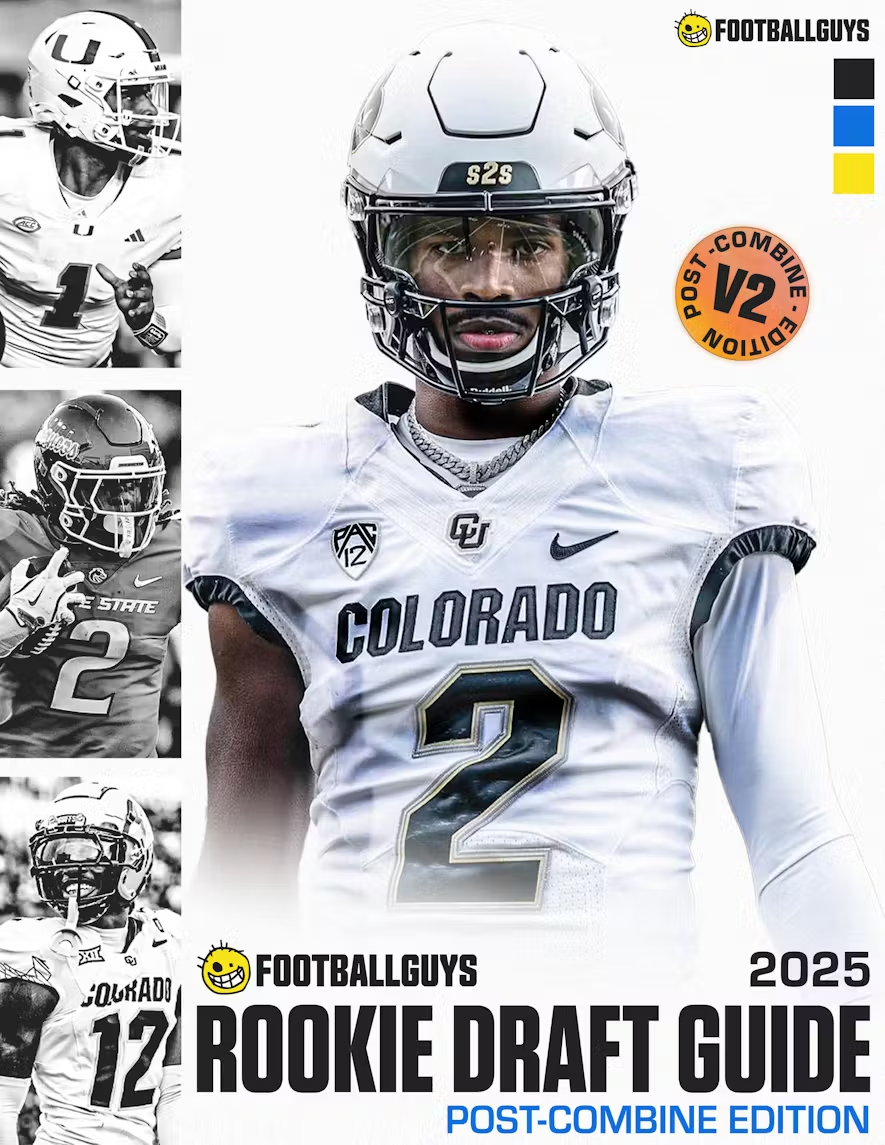
Quality versus Quantity. One of the biggest debates every year in fantasy football team building. I’ve used both strategies successfully over the last two decades of playing fantasy football. However, knowing when to utilize either strategy is crucial to winning.
Depth Is Important
The past few football seasons have shown the value of depth on your fantasy football team. Good depth helps teams overcome the following potential issues:
- Suspensions. Unfortunately, players get suspended for substance abuse, violence, performance-enhancing drugs, and trouble with the law.
- Injuries. The worst part of sports is when players become injured. From season-long to reoccurring to performance-hindering, injuries are an unfortunate result of a violent game. The quarterback or another important offensive teammate could be injured, affecting your player.
- Poor play. Every year we have players who didn’t live up to the expectations. The prime example of this in 2022 was Allen Robinson.
- Bye weeks. Players will miss a week.
- Tough defensive matchup. A very good run defense or Ahmad Gardner shadowing a wide receiver could hinder performance.
Quality is important
Most championship-winning fantasy football teams have at least one top-end player to provide a huge statistical advantage.
- Travis Kelce, in 2022, averaged almost six more PPG than the TE2.
- Cooper Kupp, in 2021 averaged 3.6 more PPG than the WR2.
Initially, we need a process in order to evaluate our team. Find the area within your league setting to look at the highest-scoring players by position and then sort this by points per game. Disregard players with a small sample size. Analyze more players than the starting requirement for the league. In the example below, we’ll look at 24 total quarterbacks in a 12-team league that starts one quarterback. These are the results from the 2022 season:
| Rank | Name | PPG | Rank | Name | PPG |
|---|---|---|---|---|---|
| 1 | Patrick Mahomes II | 33.13 | 13 | Jared Goff | 23.12 |
| 2 | Josh Allen | 32.67 | 14 | Justin Herbert | 22.77 |
| 3 | Jalen Hurts | 31.04 | 15 | Daniel Jones | 22.28 |
| 4 | Joe Burrow | 29.87 | 16 | Tom Brady | 22.24 |
| 5 | Tua Tagovailoa | 24.98 | 17 | Derek Carr | 21.12 |
| 6 | Lamar Jackson | 24.97 | 18 | Jimmy Garoppolo | 20.49 |
| 7 | Geno Smith | 24.60 | 19 | Russell Wilson | 20.22 |
| 8 | Justin Fields | 24.25 | 20 | Carson Wentz | 20.21 |
| 9 | Kirk Cousins | 24.10 | 21 | Aaron Rodgers | 20.04 |
| 10 | Dak Prescott | 24.03 | 22 | Marcus Mariota | 19.86 |
| 11 | Kyler Murray | 23.59 | 23 | Deshaun Watson | 19.30 |
| 12 | Trevor Lawrence | 23.25 | 24 | Sam Darnold | 19.15 |
Players highlighted in yellow would qualify as quality starters. Players highlighted in blue represent the quantity or good depth category. Lastly, the green highlighted players and below wouldn’t be viewed as valuable enough for the quantity category.
Averaging the groups of players comes to the following points per game:
- Yellow players = 31.7
- Blue players = 22.7
- Green players = 19.4
Complete this process for running back, wide receiver, tight end, and any other position group to provide a well-rounded view of your team. One of the most difficult parts of evaluating your own team is being objective because people tend to overvalue their own players, which is why I highly recommend using this process.
For the following examples, we’ll reference the graph above and the format of a 12-team league with starting requirements of 1 QB, 2 RBs, 3 WRs, 1 TE, and 1 flex.
Continue reading this content with a ELITE subscription.
An ELITE subscription is required to access content for Dynasty leagues. If this league is not a Dynasty league, you can edit your leagues here.

